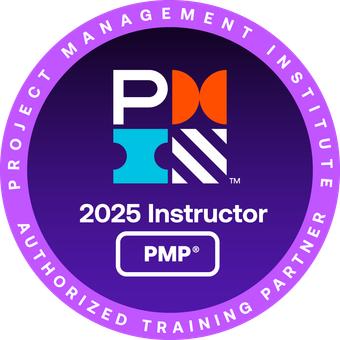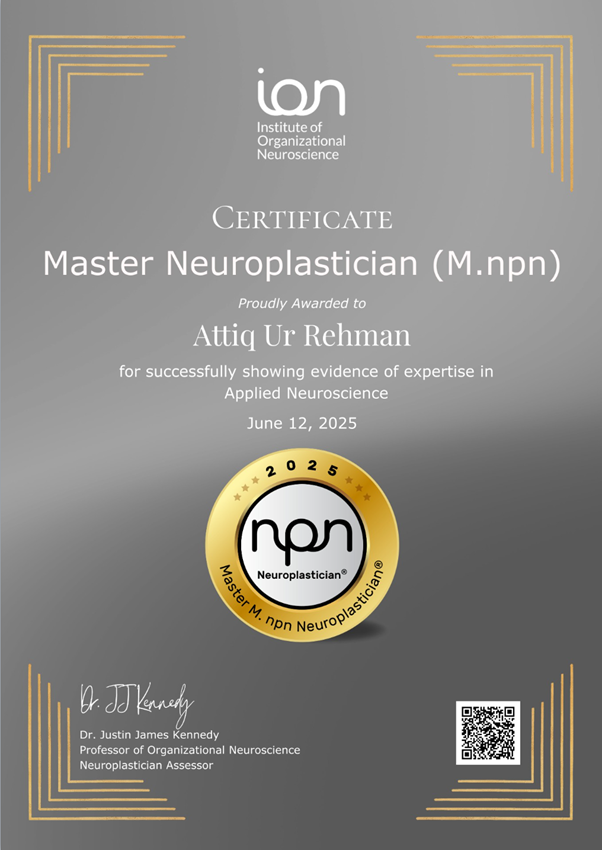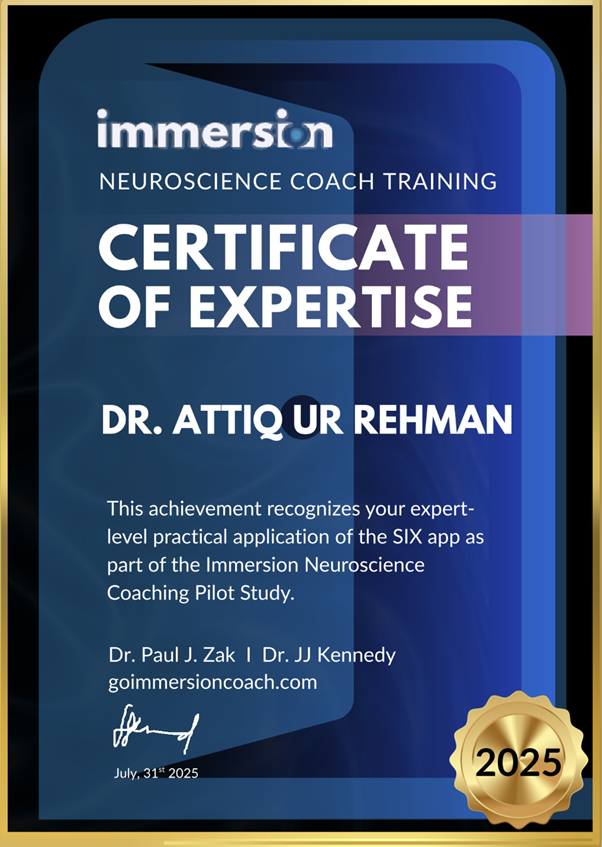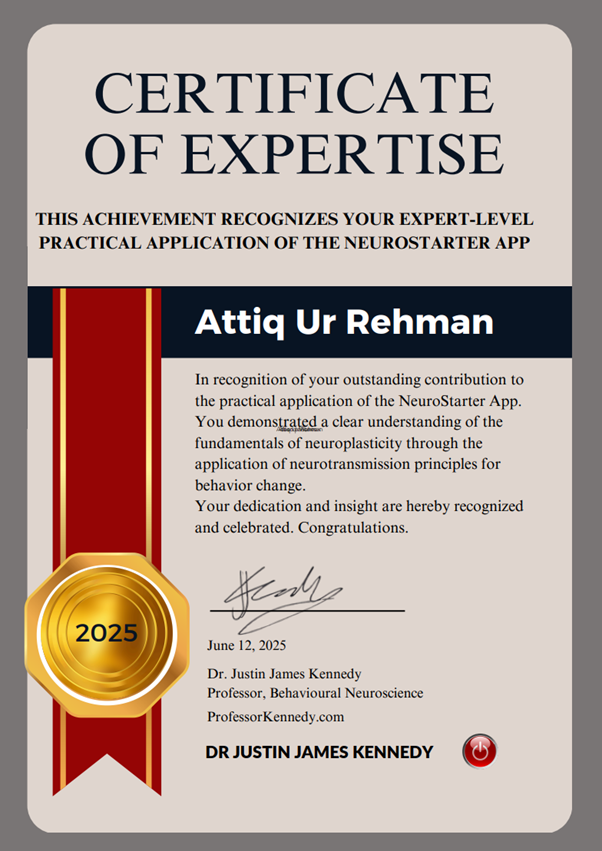Mastering change management is not just a competitive advantage; it's a necessity for sustainable growth.
By understanding the crucial role effective change management plays in optimizing business processes, you can navigate challenges, foster innovation, and drive success. But how exactly can you ensure your organization is well-equipped to embrace change and emerge stronger?
In this blog, you will explore the transformative power of change management together.
What Is Change Management?
Change management is a vital skill needed to help organizations adapt and evolve. It's the process of carefully planning and executing changes within a company to ensure everyone understands and can adapt to new situations.
This could be due to various reasons such as market changes, new technologies, or internal decisions. By managing change effectively, businesses can stay resilient and agile, which is key to their long-term success.
It's important to keep your employees informed and involved in the process, as their buy-in is crucial. Assessing how the changes will impact them can help you create a more accepting and collaborative environment.
In a nutshell, change management is about leading the way toward the future state of your organization with a well-planned strategy and a focus on the people involved.
Role Of Change Management In Business Success
Change management is a critical skill for any business to stay relevant and competitive in today's fast-paced world. It's a process that ensures an organization's survival and growth by helping it adapt to changing market conditions, technologies, and customer needs.
By implementing change management strategies, businesses can make sure everyone is on board with the direction they're heading in. This encourages a sense of adaptability and innovation, which keeps the company agile and efficient.
Well-managed change minimizes resistance and helps employees embrace new methods of working. Open communication and transparency, which are key components of change management, keep everyone informed and engaged.
In a landscape of constant change, businesses that master change management give themselves a significant edge over their competitors. It's a vital ingredient in the recipe for long-term success!
Strategies For Effective Process Transformation
Organizations must continually evolve to stay competitive and achieve long-term success. At the heart of this evolution lies process transformation—a strategic approach focused on reevaluating and redesigning business processes to meet new challenges and seize emerging opportunities.
1. Leverage Data Analytics for Decision Making:
Using data analytics is a smart way to make sure your business decisions are well-informed and based on real evidence. By analyzing data about your operations and customers, you can understand what's working, what's not, and where improvements can be made.
This approach allows you to make changes based on facts, not just assumptions, which leads to better outcomes. You can track your progress using various analytics tools, keeping you up-to-date with market trends and customer behaviors.
This proactive strategy gives you an edge over others, ensuring your processes are constantly being refined and optimized. Data analytics really is a valuable resource for any business looking to grow and improve!
2. Focus on Customer-Centric Improvements:
Putting your customers first is a great strategy for improving your business and keeping it successful in the long run. Focusing on customer-centric improvements means you're constantly striving to meet their needs and expectations.
Collecting feedback from your customers, whether through surveys or reviews, gives you valuable insights into what they like, dislike, or want improved. You can then use this information to make changes to your processes or products that really matter to them.
Analyzing customer data also helps you understand their behaviors and preferences, allowing you to create tailored services and marketing strategies.
Make sure everyone in your organization understands the importance of customer satisfaction and empowers them to put customers first. This approach will enhance your reputation, boost customer loyalty, and drive your business forward!
3. Document and Share Best Practices:
Documenting and sharing the most successful methods and strategies within your organization is a powerful way to improve processes and maintain a high standard across teams. Start by finding out what processes have worked really well and documenting them in a clear, accessible way.
Make sure everyone can access this information so that best practices are followed and used as a guideline for improvement. Encourage discussions and feedback related to these practices to keep everyone involved and engaged.
Regularly review and update your documented practices to ensure they're current and effective. This approach encourages continuous learning and growth, which keeps your business processes efficient and dynamic!
4. Monitor Progress and Adjust as Needed:
It's important to keep an eye on how your business changes and adaptations are progressing, so you can step in and make adjustments when needed. Regularly check on the new processes and keep track of any issues or bottlenecks that might come up.
Using key performance indicators (KPIs) that are linked to your goals is a smart way to measure your progress and see if the changes are working. Be open to feedback from your team, as this can give you a different perspective and help you identify areas that might need some tweaking.
Being responsive to these issues in real time keeps the transformation process efficient and ensures things are moving in the right direction. This proactive approach will help you achieve the outcomes you're aiming for!
5. Implement Technology and Automation Solutions:
Integrating technology and automation is a huge step towards streamlining your operations and boosting efficiency. Using tools like automation software and data analytics platforms can greatly optimize your processes and reduce errors. This frees up time for your employees to work on more complex and creative tasks.
Technology also allows you to monitor your operations in real-time, giving you the data to make quick decisions. Communication tools keep everyone on the same page, and using project management software enhances teamwork and collaboration.
Additionally, having the ability to facilitate remote work enhances flexibility and ensures your business can continue operating smoothly during various circumstances.
Training your team well to use this technology is essential, so they can maximize its potential and help improve your processes even further. Embracing these advancements drives your business forward and keeps it competitive!
6. Develop a Detailed Transformation Plan:
Creating a comprehensive transformation plan is a vital first step towards successfully changing your business processes. This plan should start with an honest assessment of how things work currently and a clear idea of what you want to achieve. Collaboration with different departments is key to making sure the plan aligns with the company's vision.
Break down the plan into smaller, manageable tasks with deadlines, and communicate these changes clearly to your team. Be ready to make adjustments as needed, because real-life situations might differ from the initial plan.
Regularly review your progress to make sure you're on the right track. This proactive approach ensures that the transformation of your business processes stays on course and reaches the desired outcomes!
7. Involve Key Stakeholders Early and Often:
Involving important people in your business, such as stakeholders and employees, is a vital part of transforming your processes. Right from the start, keep them in the loop about the changes and why they're happening, so they understand and can offer their insights.
This collaborative approach lets you benefit from their expertise and also increases the chances of success, as they feel involved and invested in the process. Keep them updated on your progress and always invite their feedback, as it's valuable for making adjustments and keeping everyone on board.
By giving stakeholders a real say in the decisions, they become advocates for the changes, which helps the transformation process greatly!
Conclusion
Change management is a vital skill for any business to stay ahead of the curve and achieve long-term success. It empowers organizations to adapt, improve, and respond effectively to a changing market and customer needs.
By embracing change and managing it strategically, businesses can create a dynamic, efficient, and engaging environment. This encourages growth and innovation, which keeps them competitive and successful.
Transforming business processes is a continuous journey, and mastering change management skills will help you stay on track and achieve great outcomes!
FAQs
1. Can Change Management Be Applied to Non-Business Environments?
Yes, change management principles can be adapted to non-business environments. By focusing on communication, stakeholder engagement, and strategic planning, you can successfully navigate transitions in various settings, fostering growth and sustainable outcomes.
2. How Can Employee Resistance Be Effectively Addressed During Change?
Address employee resistance effectively by communicating openly, involving them in the change process, listening to their concerns, providing support and training, and showcasing the benefits of the change. Acknowledge their feelings and encourage collaboration for success.
3. What Are the Common Obstacles to Successful Process Transformation?
When undergoing process transformation, common obstacles may include resistance to change, lack of clear communication, inadequate resources, and ineffective leadership. Overcoming these challenges requires collaboration, transparency, adaptability, and strong guidance.


















Instagram
LinkedIn
Youtube